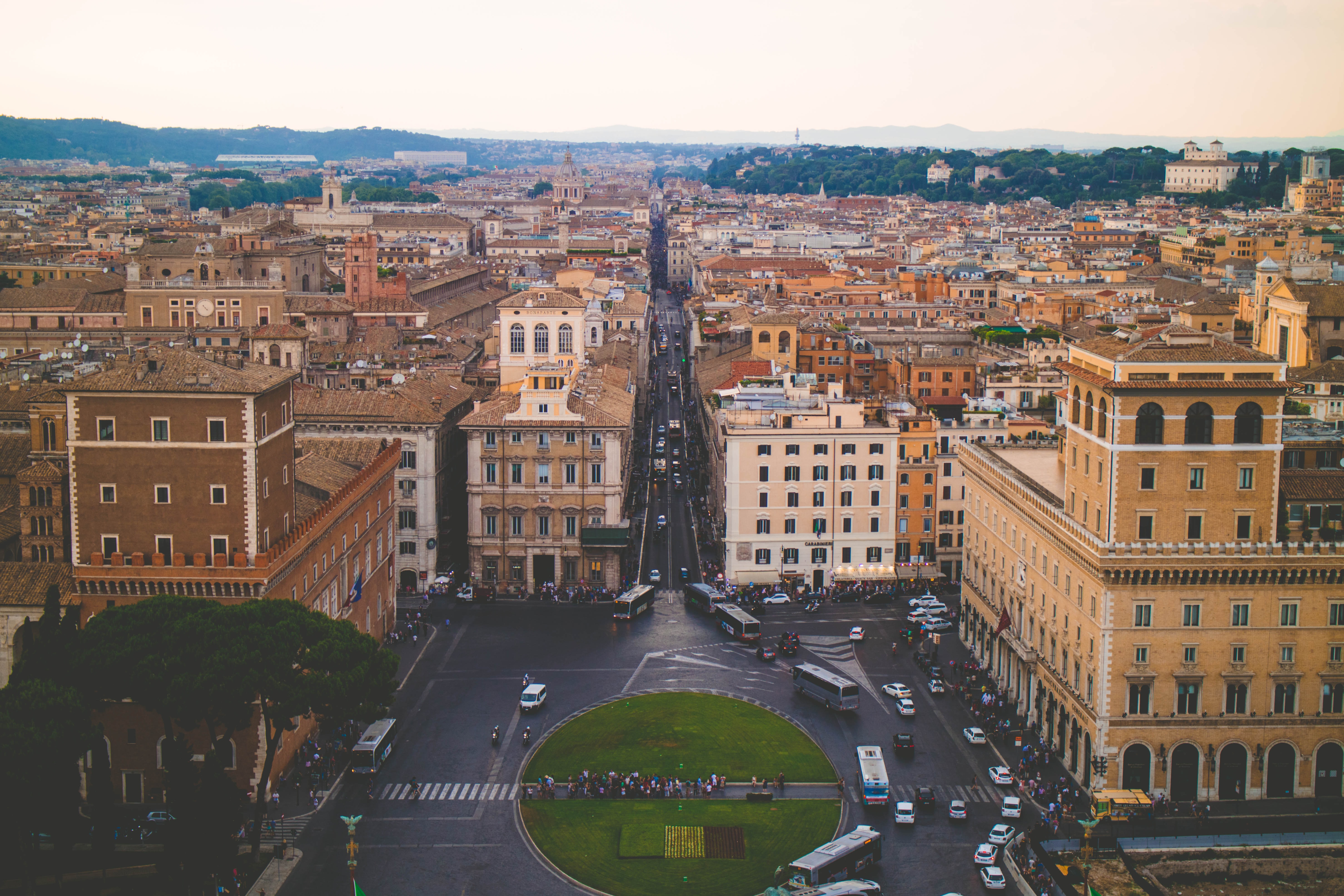Transition to Circular Economy at urban level, a challenge for everybody

In recent years, and particularly in the early months of 2020, the vulnerability of the linear economy model has strongly emerged. While the knowledge on need to act to reduce waste, its production and environmental emissions spread, we assist to a multiplication of initiatives inspired by the principles of circular economy. Alongside the numerous virtuous initiatives at the micro level, systemic and integrated circular models must be developed and established. Accelerating the transition to the circular economy is, thus, the main challenge for everyone: institutions, cities, production districts, organizations and ordinary people. In order to achieve the transition from linear to circular economy, we must promote innovation, regeneration and cohesion policies at urban and local level.
Goods that enter the market are transformed into waste after a variable period of consumption or use. These constant flows of matter contribute to the increase of that unsustainable production of waste whose growing trend must necessarily be reversed. Cities undergo similar processes, albeit more complex and at a larger scale. Cities are, as a matter of fact, complex systems where transformations take place: urban spaces are influenced by the changes that happen in production systems and in society. Buildings can empty for multiple reasons and remain abandoned for long periods of time.
Just as in production processes, urban systems use the same resources, materials and energy, stimulate ideas and generate impacts. The recovery and redevelopment of unused spaces and buildings, together with urban regeneration policies and the rethinking of spaces of life, business, sociality, can help in redesigning cities by promoting transformations that maximize the usefulness of the same spaces for citizen, students and tourists.
To give substance to the “zero waste” and “zero emissions” slogans, it is important to start acting at all levels, in an integrated and conscious manner, so that new circular economy trends and behaviours can be adopted at both micro and macro level. Transition, however, can only be achieved by overcoming some regulatory constraints, by allocating more resources and by increasing awareness at all levels of society through innovation, regeneration and cohesion policies.
Innovating processes means rethinking them in a circular perspective which means considering the entire life cycle of the products. To regenerate cities, their unused or underused buildings must be destined to new productive, recreational and social functions.
By engaging in participatory processes and by promoting active citizenship, cohesion and inclusion can be strengthened, therefore, improving social collaboration and inhabitants’ quality of life.
To know more:
Circular Innovation: cities, supply chains, environment and quality
Sustainable and Circular Reuse of Spaces and Buildings a publication!
Read more on our Circular Innovation & Sustainable Commodities Unit